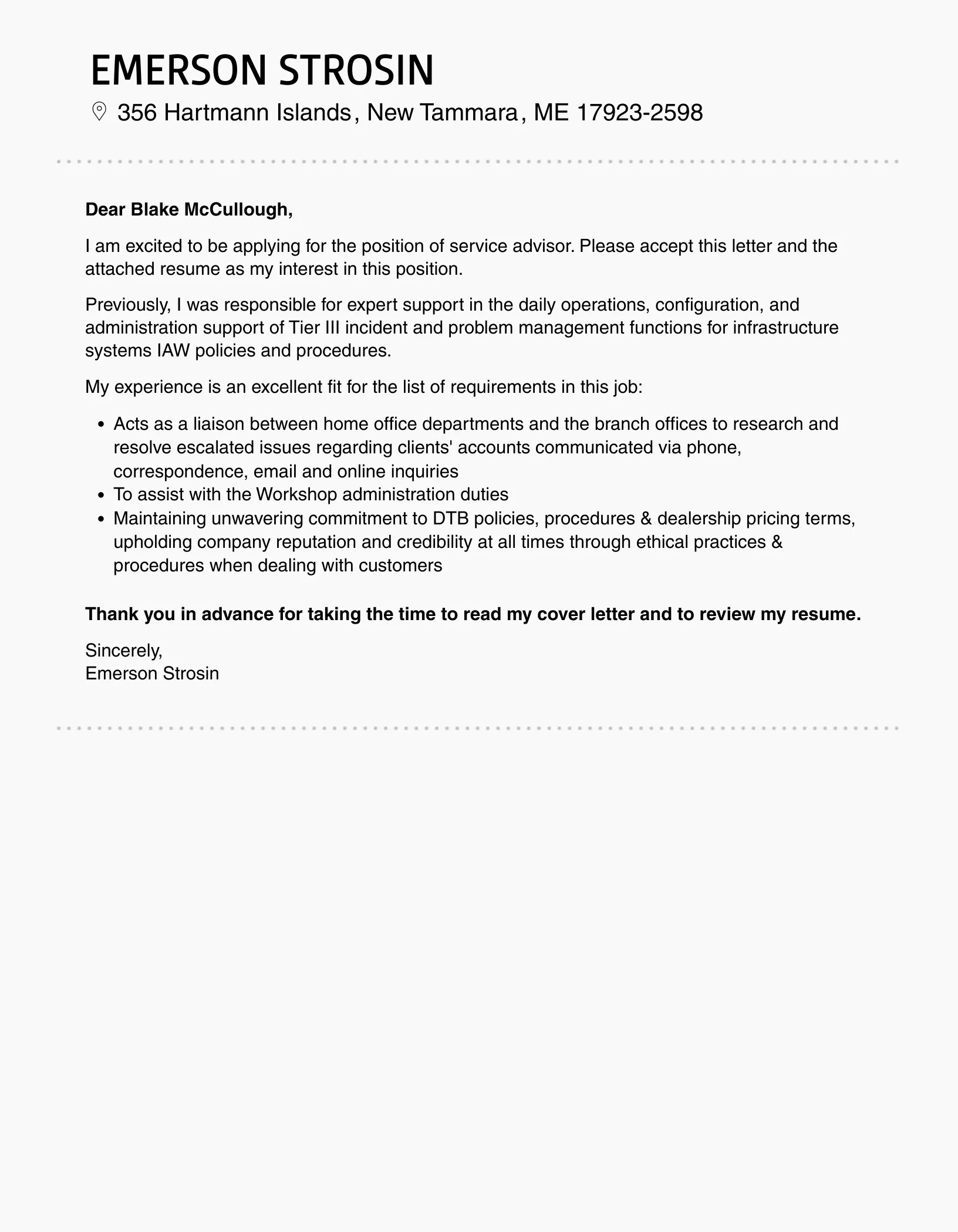Understanding the Automotive Service Advisor Role
An Automotive Service Advisor plays a crucial role in the automotive industry, acting as the primary point of contact between customers and the service department. They are responsible for managing customer service requests, scheduling appointments, diagnosing vehicle issues, and overseeing repair processes. A well-crafted cover letter is a critical tool for any aspiring or experienced service advisor. It’s your first opportunity to make a strong impression on a potential employer, demonstrating your understanding of the role and your qualifications. The best cover letters are tailored, highlighting skills and experience that align with the specific job requirements.
Key Responsibilities of an Advisor
Service Advisors have a diverse set of responsibilities. They greet customers, listen to their concerns, and accurately document the issues. They perform initial vehicle inspections, explain repair procedures and costs, and obtain necessary approvals. Advisors also create service estimates, manage repair timelines, and keep customers informed about the progress of their vehicles. They handle customer inquiries, resolve complaints, and ensure overall customer satisfaction. Therefore, any automotive service advisor cover letter must clearly show a candidate’s ability to manage all these different responsibilities at the same time.
Skills Needed for Success
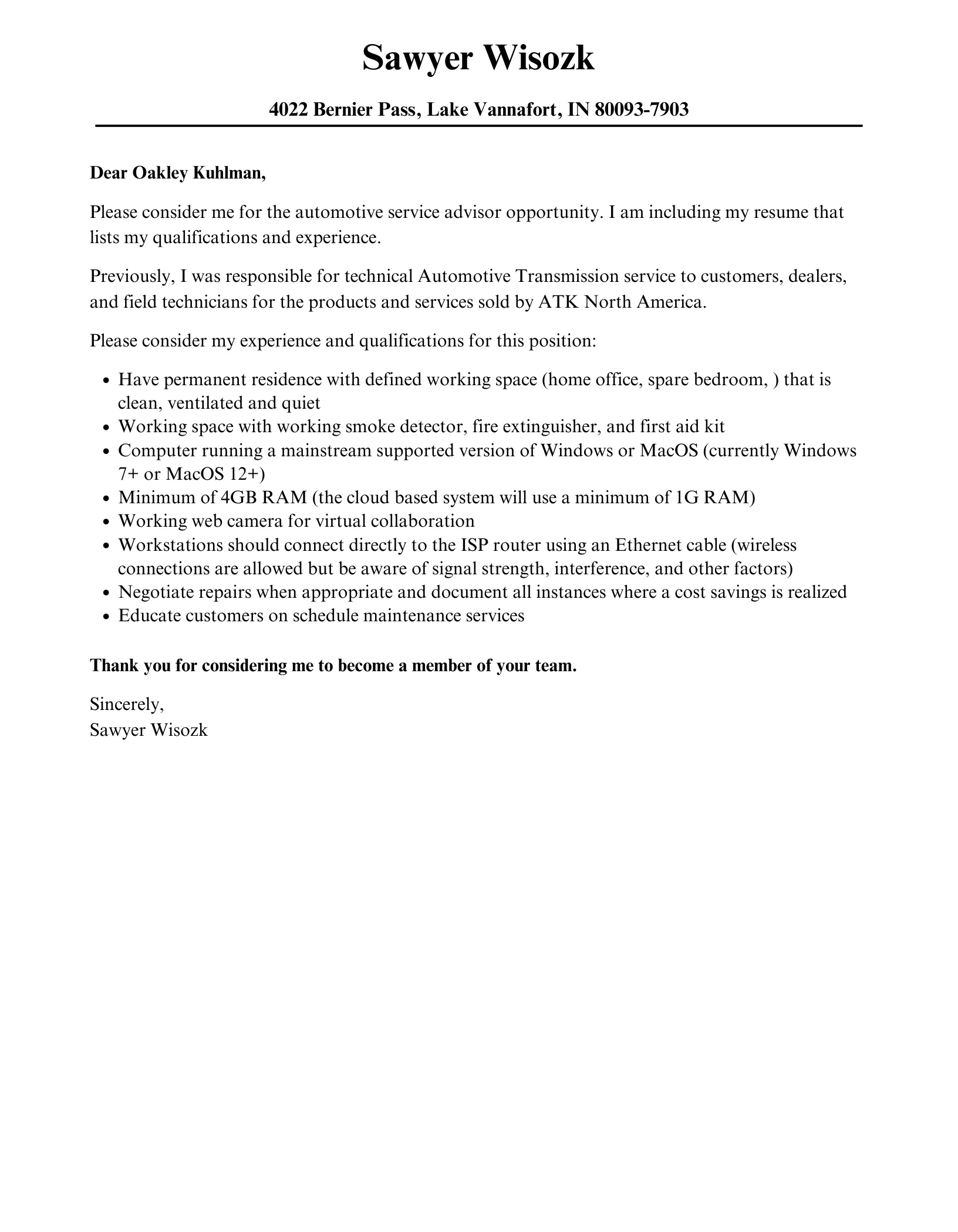
Success in this role demands a unique blend of technical knowledge, communication abilities, and customer service skills. Excellent communication is vital for interacting with customers, explaining complex technical information clearly, and building rapport. A solid understanding of automotive systems and repair procedures is essential for diagnosing issues and providing accurate estimates. Furthermore, the ability to manage time effectively, prioritize tasks, and work under pressure is critical. Finally, the ability to use service software is also an important skill that will help the candidate to manage work orders.
Crafting a Compelling Cover Letter
Your cover letter is your first impression and it has to be very professional. It must showcase your skills, experience, and enthusiasm for the position. It should be tailored to each job application, highlighting how your qualifications align with the specific requirements. This is the main purpose of a cover letter. Always focus on the specific job and company. A generic cover letter will not impress a hiring manager. The letter should be clear, concise, and free of errors. Pay special attention to the language and the format. A well-written cover letter can significantly increase your chances of getting an interview.
Formatting Your Cover Letter
The format of your cover letter is essential for making a good first impression. Use a professional font, such as Times New Roman or Arial, and maintain a consistent font size throughout the document. The letter should be single-spaced with a space between paragraphs. Use left alignment and ensure the margins are standard. Keep the letter concise, ideally within one page. A well-formatted cover letter is easier to read and reflects attention to detail. The visual aspect is very important. The reader needs to feel that this person has attention to detail.
Header and Contact Information
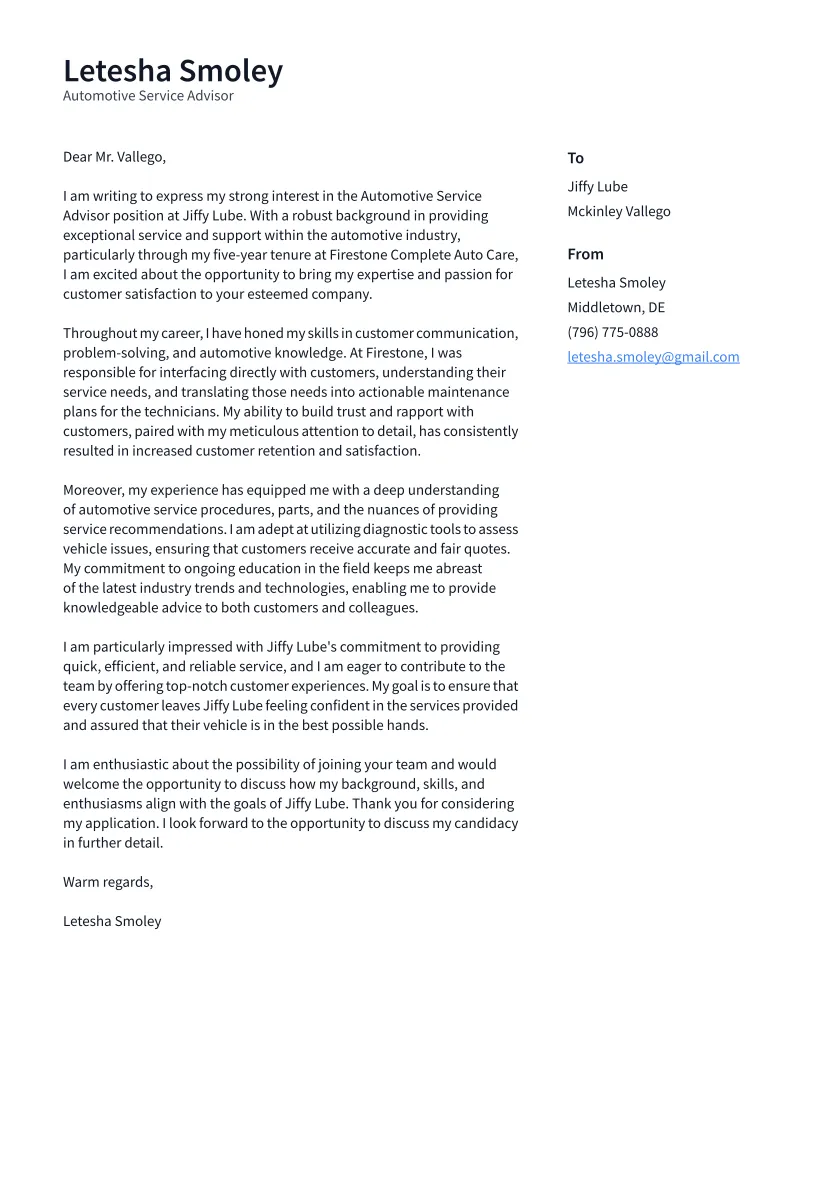
Start your cover letter with your contact information, including your name, phone number, email address, and LinkedIn profile URL (if you have one). Below your information, include the date and the employer’s contact information, which includes the hiring manager’s name, title, the company name, and the company address. This information is crucial for ensuring that your application reaches the correct person and demonstrates your professionalism.
Salutation and Introduction
Begin your cover letter with a professional salutation, such as “Dear Mr./Ms. [Last Name]” if you know the hiring manager’s name. If the name is not available, use “Dear Hiring Manager” or “Dear [Company Name] Hiring Team”. In your introduction, state the position you are applying for and how you found the job opening. Briefly mention why you are interested in the role and what makes you a good fit for the position. The introduction should capture the reader’s attention and set the tone for the rest of the letter.
Highlighting Your Skills and Experience
The body of your cover letter is where you highlight your relevant skills and experience. Carefully review the job description and identify the key requirements. Provide specific examples of how you have demonstrated those skills in previous roles. Use action verbs to describe your accomplishments and quantify your achievements whenever possible. For example, instead of saying “Managed customer inquiries,” you could say “Resolved over 50 customer inquiries per day, resulting in a 95% customer satisfaction rating.” Make sure you do not repeat the resume. Instead, expand on your experience.
Quantifying Achievements
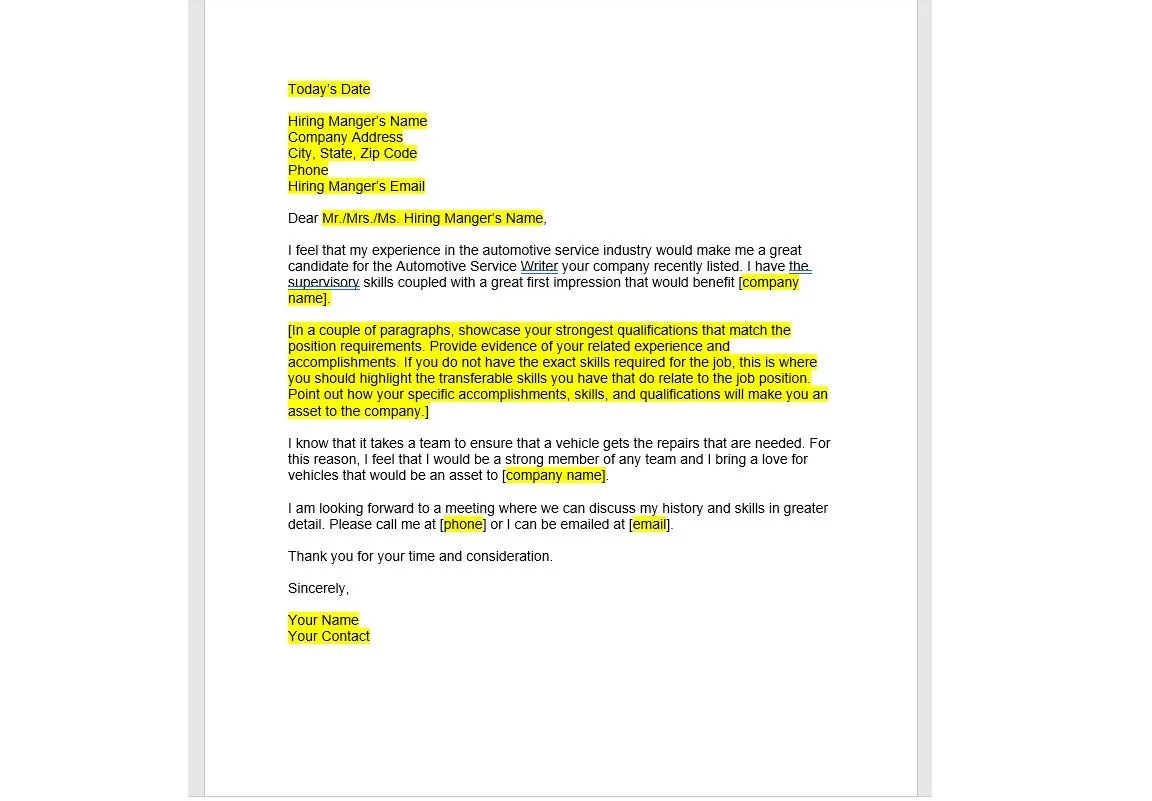
Quantifying your achievements is a powerful way to demonstrate your value to a potential employer. Use numbers and data to showcase your accomplishments. For instance, instead of stating you improved customer satisfaction, mention the percentage increase you achieved. If you reduced repair times, provide the exact time savings. Quantifiable results provide concrete evidence of your capabilities and make a strong impression on hiring managers. This could be your secret weapon when applying.
Tailoring Your Letter to the Job
A generic cover letter will not suffice. You must tailor your letter to each job you apply for. This involves carefully reviewing the job description and identifying the specific skills and experience the employer is seeking. Emphasize the qualifications that match those requirements and provide examples of how you have demonstrated those skills in the past. This will give you a great competitive advantage. The more specific you are the better. Highlight the things that make you unique.
Researching the Company
Researching the company is a very important step in the job application process. Before writing your cover letter, research the company’s mission, values, and recent accomplishments. This shows that you are genuinely interested in the role and that you have taken the time to learn about the organization. You can then tailor your letter to align your skills and experience with the company’s specific needs and goals. Mentioning the company in your letter indicates your interest.
Addressing the Specific Requirements
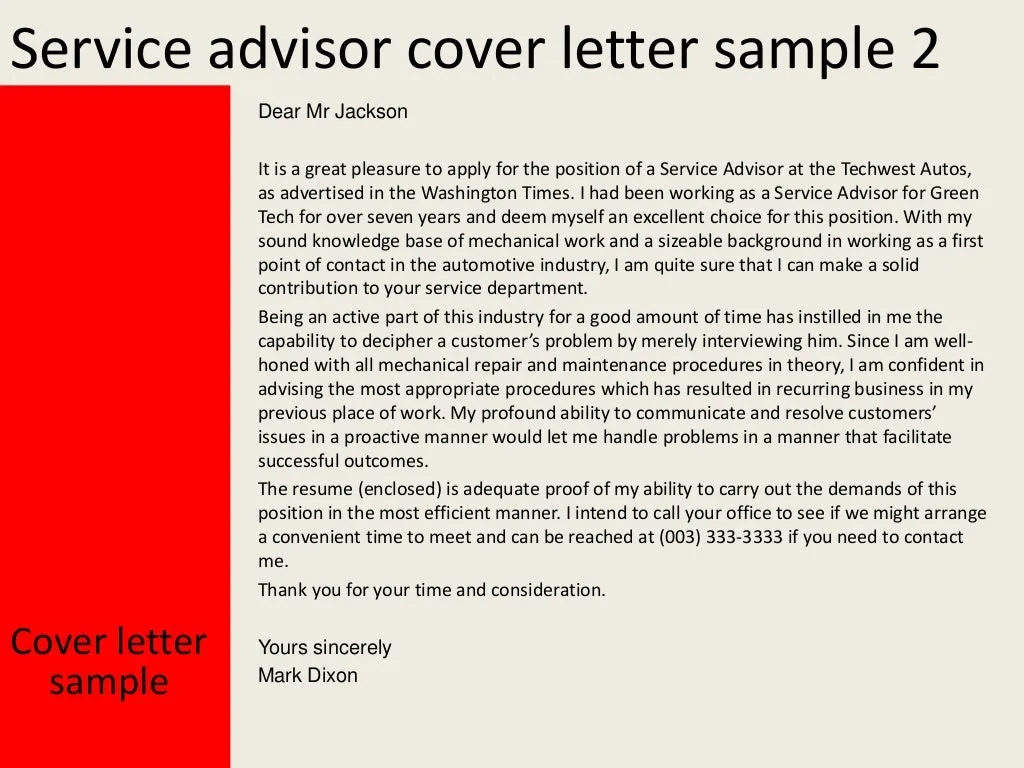
Carefully review the job description and identify the specific requirements the employer has listed. Directly address those requirements in your cover letter, providing examples of how you have met those requirements in your previous roles. This shows that you understand the needs of the position and that you have the skills and experience necessary to succeed. Use the same language that the company uses to make sure you are clear and concise.
Writing a Strong Closing
Your closing should leave a lasting impression on the reader. Express your enthusiasm for the position and reiterate your interest in the opportunity. Make sure you are clear about what you want. You are not asking for too much. You are simply asking for the job, which is what you are applying for. Thank the hiring manager for their time and consideration and include a call to action. Provide the contact information.
Expressing Enthusiasm
Expressing enthusiasm for the position is a vital part of your closing. State your interest in the role and your eagerness to contribute to the company’s success. Show genuine excitement about the opportunity and explain why you are a good fit for the company. This will make you more memorable and increase your chances of getting an interview. Your enthusiasm will go a long way.
Call to Action
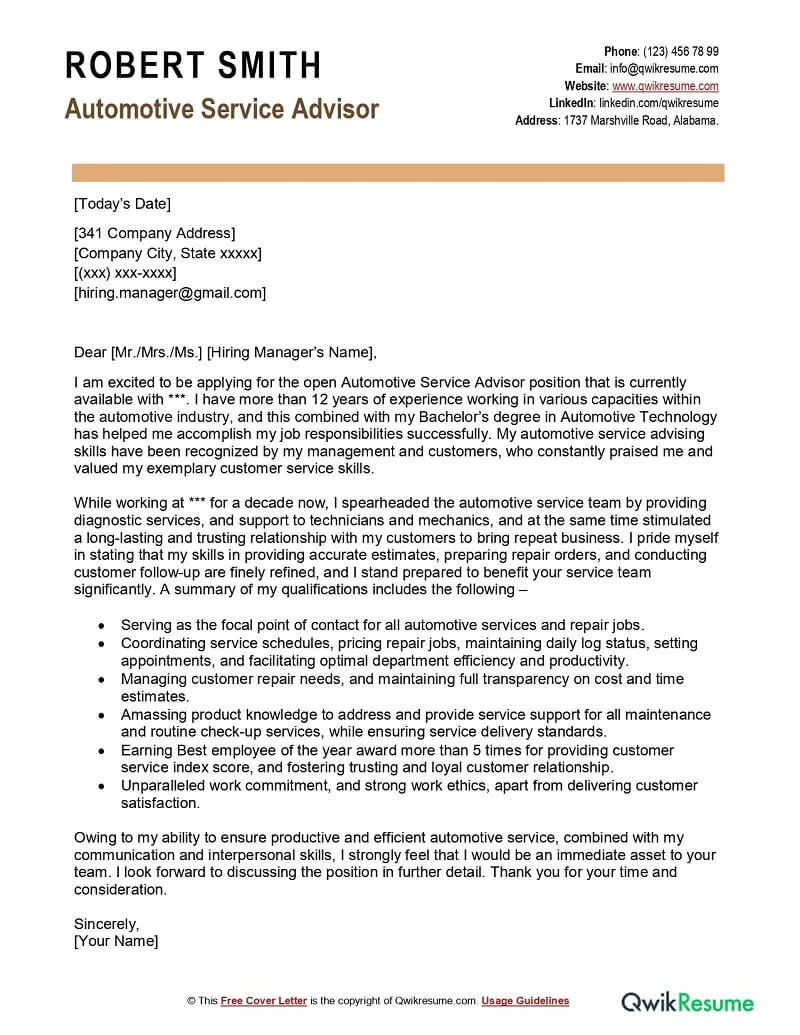
Include a clear call to action in your closing. State your availability for an interview and how the hiring manager can contact you. Thank the hiring manager for their time and consideration, and reiterate your interest in the position. A strong call to action encourages the hiring manager to take the next step and move forward with your application.
Reviewing and Editing Your Cover Letter
Before submitting your cover letter, carefully review and edit it to ensure it is free of errors and effectively communicates your qualifications. This is an important step that many people miss. Many people make mistakes at this step. Proofread the letter for any grammatical errors, spelling mistakes, and punctuation issues. Ensure that the tone is professional and that the content is clear and concise. It is always a good idea to have someone else review it for you. This can help you identify any areas for improvement.
Proofreading for Errors
Proofreading is a critical step in the cover letter writing process. Errors can undermine your credibility and make a negative impression on the hiring manager. Carefully read through your letter, paying close attention to grammar, spelling, and punctuation. Use a spell checker, but also read the letter carefully to catch any mistakes. Typos or grammatical errors are a red flag. Consider reading your cover letter aloud to catch any awkward phrasing or mistakes. The easier it is to read, the better.
Seeking Feedback
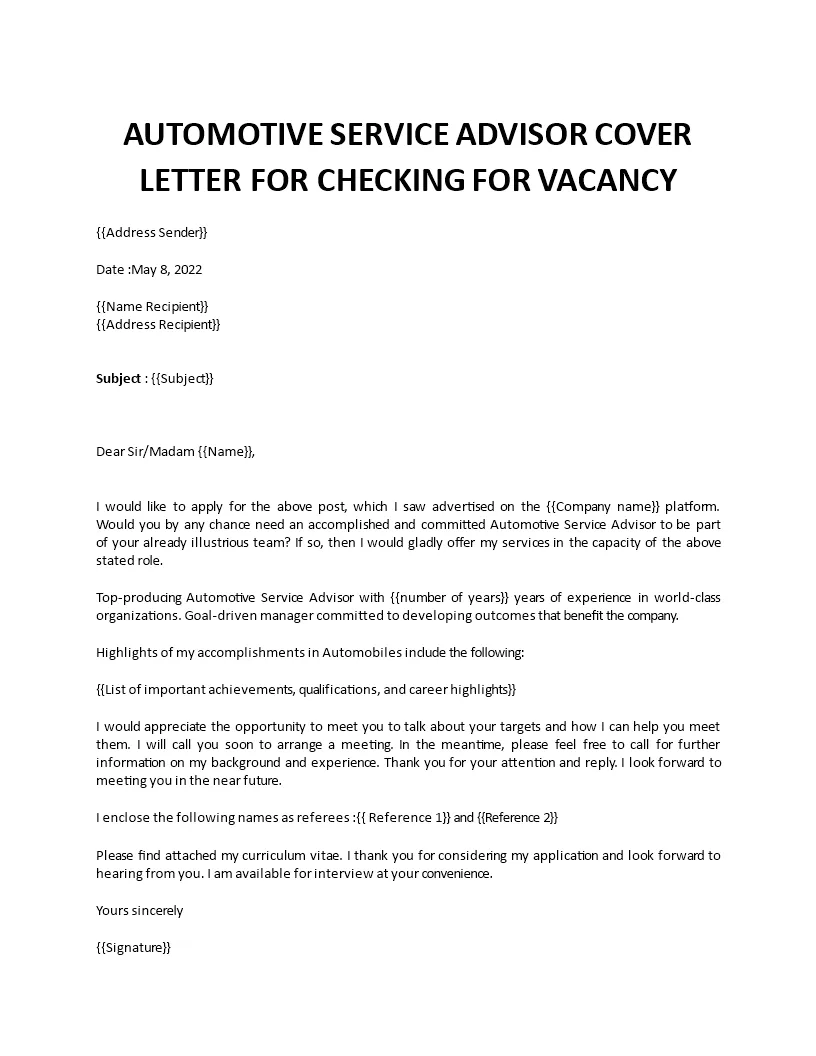
Seeking feedback from others can significantly improve your cover letter. Ask a friend, family member, or career counselor to review your letter and provide constructive criticism. They can offer a fresh perspective and help you identify any areas for improvement. Ask them about the flow, clarity, and overall effectiveness of your letter. Incorporating their feedback can strengthen your cover letter and increase your chances of getting an interview.
Tips for Standout Advisor Cover Letter
To make your cover letter stand out from the competition, consider incorporating the following tips. Highlight your unique skills and experiences, tailor your letter to each job, and quantify your achievements whenever possible. Research the company and tailor your letter to address their specific needs. Furthermore, emphasize your customer service skills, technical knowledge, and problem-solving abilities. These are critical skills for a service advisor. The more you can show that you know the job the better.
Showcasing Your Customer Service Skills
Customer service skills are essential for an Automotive Service Advisor. In your cover letter, emphasize your ability to build rapport with customers, listen to their concerns, and provide excellent service. Provide examples of how you have resolved customer issues, handled complaints, and exceeded customer expectations. Mention any awards or recognition you have received for your customer service skills. Demonstrate your commitment to providing a positive customer experience.
Emphasizing Technical Knowledge
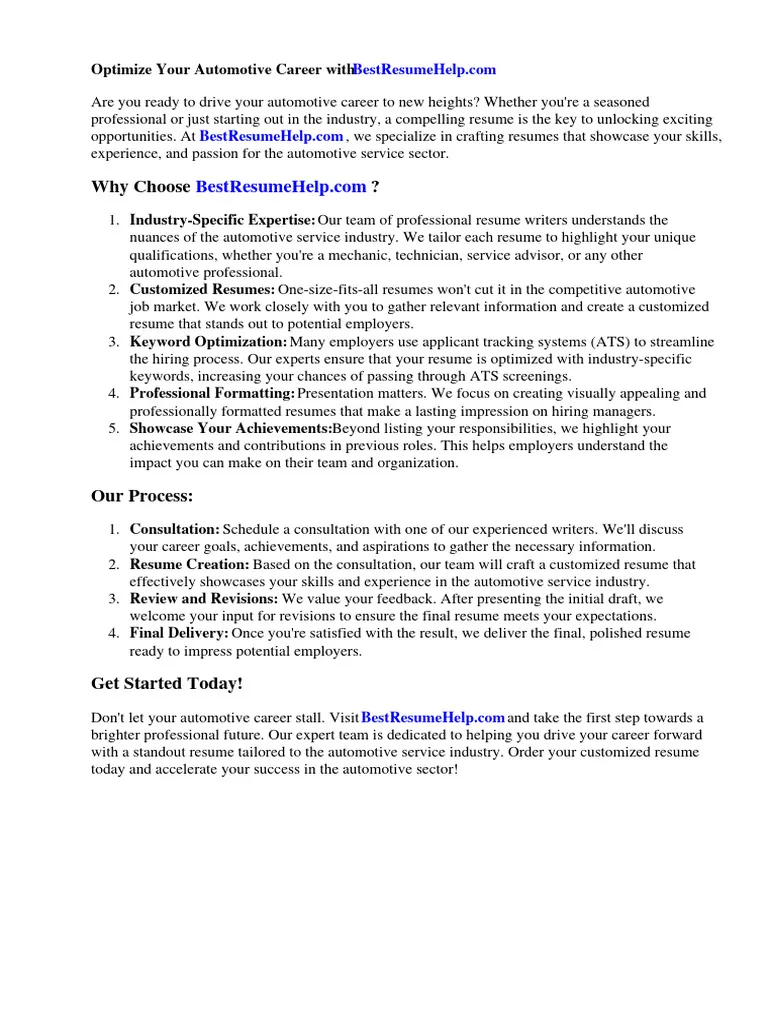
A strong understanding of automotive systems and repair procedures is critical for success as a Service Advisor. In your cover letter, highlight your technical knowledge and experience. Mention any certifications, training, or specializations you have. Provide examples of your ability to diagnose vehicle issues, explain repair procedures, and provide accurate estimates. Show that you are up-to-date on the latest automotive technology. The more technical information you include, the more confident the hiring manager will be in your skills.
Demonstrating Problem-Solving Abilities
Problem-solving abilities are essential for an Automotive Service Advisor. Highlight your ability to identify and resolve issues quickly and effectively in your cover letter. Provide examples of how you have approached and solved complex problems. If you have implemented improvements, make sure you mention them. Show how you think outside the box to provide the best solutions. A good service advisor needs to be able to analyze and find the best solutions.
In conclusion, writing a compelling automotive service advisor cover letter requires careful planning, attention to detail, and a clear understanding of the role. By following the tips and strategies outlined in this guide, you can create a cover letter that showcases your skills, experience, and enthusiasm, and increases your chances of landing an interview. Remember to always tailor your letter to each job application, highlight your key achievements, and express your enthusiasm for the opportunity. Good luck in your job search!
